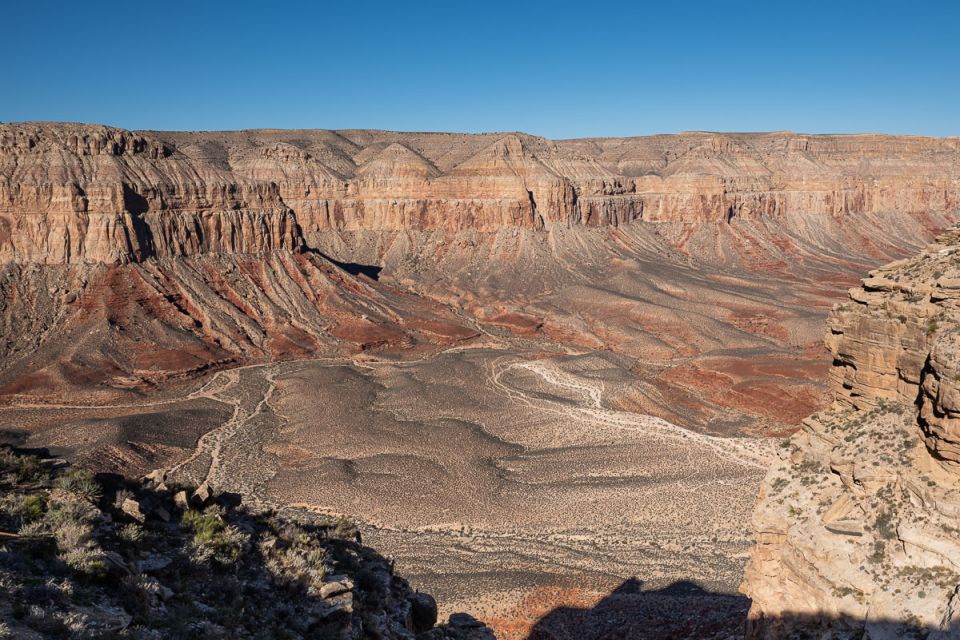With the explosion of social media, no place on Earth is safe anymore from the new wave of globetrotters. Hidden gems become easily exposed, as is the case with Havasu Falls and the Havasupai Reservation. This gem of a place was unbeknownst to many people just ten years ago. Now, the most difficult part of getting to Havasupai is not the ten-mile hike, but obtaining a permit. Luckily, we were able to secure our permits nine months before the trip and got the opportunity to visit a literal oasis.

Havasupai is a Native American reservation located near the Grand Canyon. To reach this reservation, we hiked roughly eight miles through a canyon and then an additional two miles to reach our campground. The hike, while decently long, was not as boring as one might imagine. Towering red canyon walls with pops of bright green shrubbery made for great contrasting scenes. Additionally, as we got closer to our final destination, the rich blue hues of Havasu creek greeted us along the trail.
Upon reaching Havasu Falls, we were all in awe. Pictures of locations we see on social media, while pretty, cannot capture the feeling of actually being there. The grandiose waterfall unfolding before our eyes, the light breeze caressing our skin and the rushing sound hitting our ears, paint a fuller picture. To top it off, the interesting juxtaposition of the blue waters and the red desert walls really makes you appreciate the wonders of nature. I've seen intensely blue waters before in mountains, in forests - and now, also in deserts.
In terms of size though, Havasu Falls is actually not the tallest waterfall in the reservation. That honor goes to Mooney Falls, which is less than a mile away and twice as tall. To see Mooney up-close and personal, we had to descend into a cliff tunnel by the waterfall via ladders and chains. As we were descending, we were engulfed by a constant blanket of mist, making the slippery footholds quite treacherous. This thrilling descent is definitely worth doing, as you can only fully appreciate the towering might of Mooney from ground-level.
From the base of Mooney Falls, you may choose to continue to hike to the terraced Beaver Falls as we did on our trip. It's quite a long hike and the trail and signage for Beaver Falls is not super clear, so if you are planning on going there, do partake in a little research ahead of time.
On the last day of our trip, we quickly stopped by Navajo Falls and 50-foot Falls, two other waterfalls we initially skipped in the interest of time. Rain clouds swept past us multiple times during our trek back up. While it was not the most ideal hiking condition, I'd gladly take the occasional rain over blistering heat.
Near the end of the hike, we had to go up some steep switchbacks. As with all uphill hikes, our pace slowed to a crawl, but with ample breaks, we eventually were able to make our way back to the hilltop parking lot. Feeling both sore and relieved, I completed my third backpacking trip, and I'm beginning to really enjoy this kind of thing.